Space
Sign up for our newsletter
We summarize the week's scientific breakthroughs every Thursday.
-
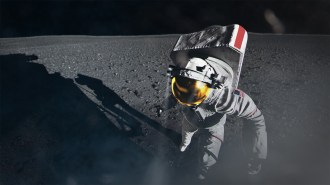 Space
SpaceArtemis I finally launched. Here’s what it means for human spaceflight
The launch of NASA's Artemis I is a giant step toward sending humans back to the moon and heading beyond.
By Liz Kruesi -
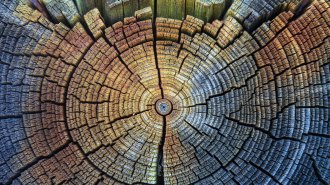 Earth
EarthCatastrophic solar storms may not explain shadows of radiation in trees
Tree rings record six known Miyake events — spikes in global radiation levels in the past. The sun, as long presumed, might not be the sole culprit.
By Nikk Ogasa -
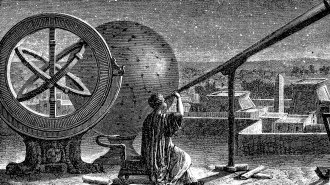 Astronomy
AstronomyPart of a lost, ancient star catalog has now been found
Greek astronomer Hipparchus may be the first to try to precisely map the stars. His lost work turned up on parchment that had been erased and reused.
-
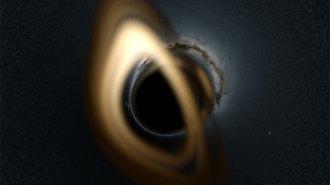 Astronomy
AstronomyAstronomers have found the closest known black hole to Earth
Discovered by how it pushes around a companion star, the black hole is about 1,500 light-years away and roughly 10 times the mass of the sun.
-
 Planetary Science
Planetary ScienceMarsquakes hint that the planet might be volcanically active after all
Seismic data recorded by NASA’s InSight lander suggest molten rock moves tens of kilometers below the planet’s fractured Cerberus Fossae region.
-
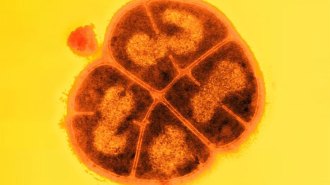 Microbes
MicrobesAncient bacteria could persist beneath Mars’ surface
Radiation-tolerant microbes might be able to survive beneath Mars’ surface for hundreds of millions of years, a new study suggests.
By Sid Perkins -
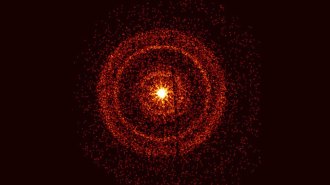 Astronomy
AstronomyMeet the BOAT, the brightest gamma-ray burst of all time
Probably triggered by a supernova in a remote galaxy, the burst detected on October 9 could challenge theories about these brilliant blasts.
-
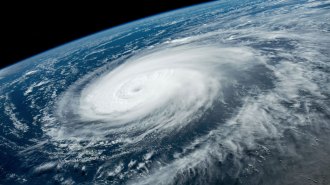 Earth
EarthParticles from space provide a new look inside cyclones
Cosmic rays that smash into the atmosphere make muons that are sensitive to changing air pressure inside storms.
-
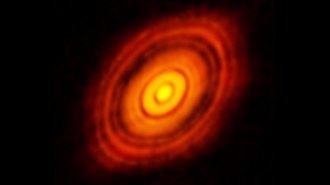 Astronomy
AstronomyMost stars may have much more time to form planets than previously thought
Planet-making disks may survive around most young stars for 5 million to 10 million years — more than double a previous estimate.
By Ken Croswell -
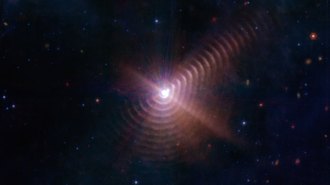 Astronomy
AstronomyFor the first time, astronomers saw dust in space being pushed by starlight
Images collected over 16 years reveal that dust expelled from a well-known binary star system is hurried on its way by light from those stars.
-
 Astronomy
AstronomyA 3-D model of the Cat’s Eye nebula shows rings sculpted by jets
The Cat’s Eye is one of the most complex nebulae known. A 3-D reconstruction reveals the source of some of that complexity.
-
 Planetary Science
Planetary ScienceNASA’s DART mission successfully shoved an asteroid
Data obtained since the spacecraft intentionally crashed into an asteroid show that the impact altered the space rock’s orbit even more than intended.